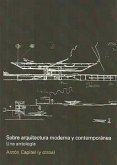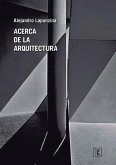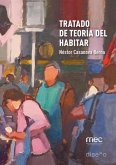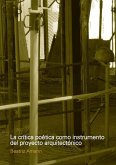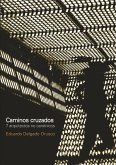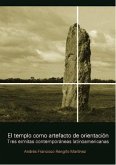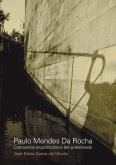"In the summer of 1932, Juan O'Gorman, a very young architect who had not yet graduated, finished in Mexico City the construction of the studio houses that he had designed for Diego Rivera and Frida Kahlo. Behind a palisade of cacti, two almost perfect cubes -- one painted an intense blue, and the other white and red -- rise on thin columns of bare concrete before the astonished gaze of everyone. The houses have a strange appearance and are not like any work that has been done before in Mexico. Its construction is extremely rational and efficient, but at the same time its structure, its volumes and holes are matched with an unusual plasticity and generate a markedly dreamlike atmosphere. They constitute a true architectural masterpiece, a strange fruit that emerges unexpectedly from the hand of a stranger. However, behind this work there is a whole story that goes back many years earlier, a story that intimately links architecture with painting through political commitment. Countless relevant figures participate in it -- Edward Weston, Tina Modotti, Manuel âAlvarez Bravo, Carlos Obregâon Santacilia, Josâe Antonio Cuevas, Guillermo Zâarraga, Le Corbusier, Vladimir Maiakovsky, Moisei Ginzburg, Sergei Eisenstein, Alfred Barr, Lev Trotsky, Henry Ford, Albert Kahn -- in a framework that links Mexico City with cities as distant as Paris, Moscow and Detroit. That story, the long prelude to extraordinary architecture, is what this book tells."--Page 4 of cover (translated).
Bitte wählen Sie Ihr Anliegen aus.
Rechnungen
Retourenschein anfordern
Bestellstatus
Storno


